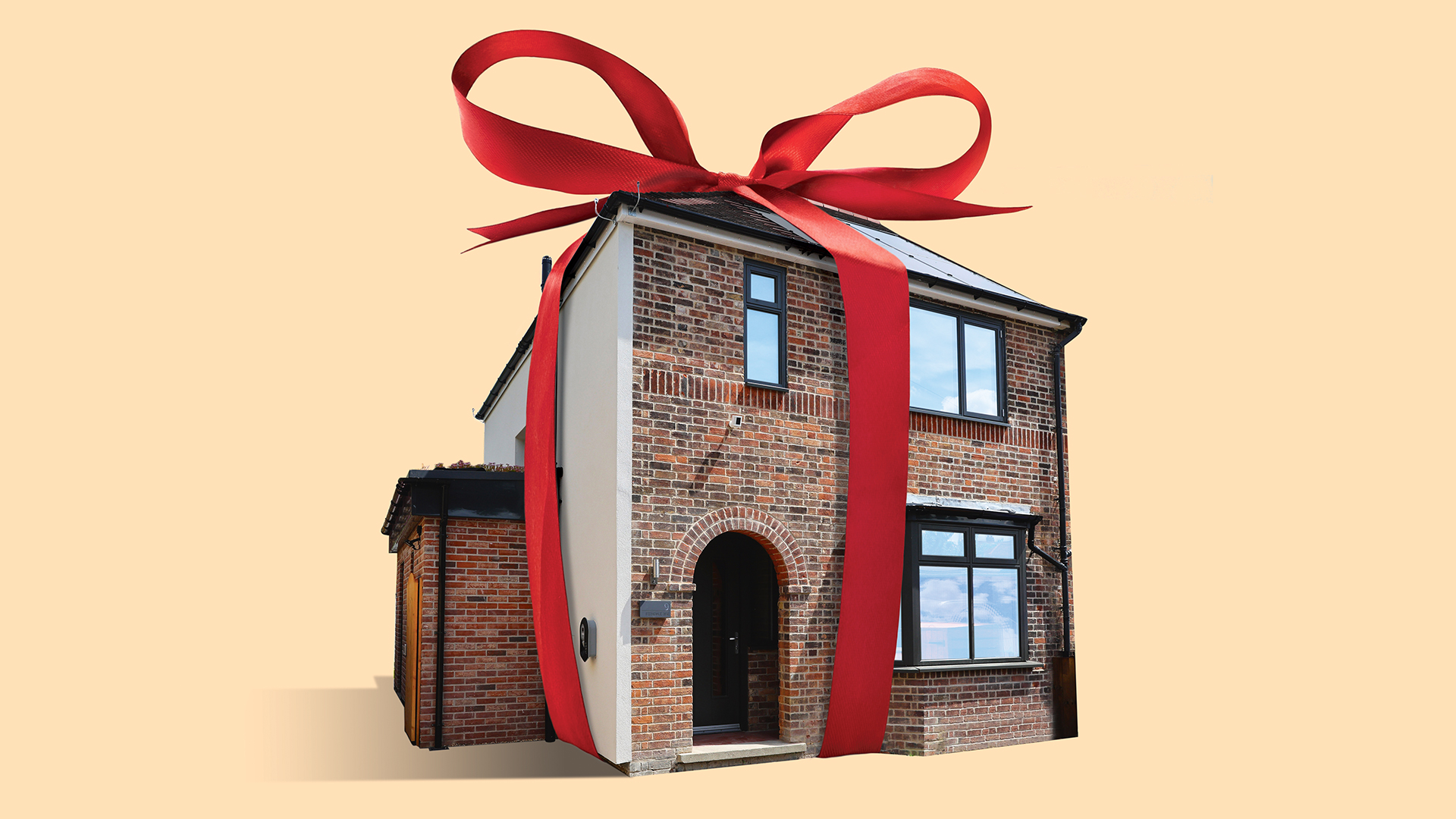It’s often said that Britain’s homes are the oldest in Europe. Around one in six in England are classed as non-decent, rising to one in five in the private rented sector. Damp and mould now affect nearly one in 10 privately rented homes, and the problem is growing. Even as some indicators of safety have improved, the reality for too many people – particularly those on low incomes, ethnic minority households and disabled residents – is that their homes are damaging their health.
The housing crisis is not just about numbers. It’s about condition, affordability and trust. While the government’s target of 1.5 million new homes this parliament is very welcome, the quality of those homes – and the state of the ones we already have – will determine success. As Aneurin Bevan, architect of the NHS, famously said: “We shall be judged for a year or two by the number of houses we build. We shall be judged in 10 years’ time by the type of houses we build.”

Over the past few years both the former Conservative and now current Labour government have launched a blizzard of legislation designed to raise standards. The Social Housing (Regulation) Act 2023, Awaab’s Law, the Renters’ Rights Act, and the planned expansion of the Decent Homes Standard into the private rented sector all aim to make sure every home is safe, healthy and fit for modern life. Alongside them, new Minimum Energy Efficiency Standards (MEES) and retrofit programmes promise to make homes warmer and greener.
The tragedy of two-year-old Awaab Ishak, who died after prolonged exposure to mould in his Rochdale flat, has become a national reckoning. Awaab’s Law – requiring social landlords to investigate and fix serious hazards within strict timeframes – marks an overdue recognition that decent housing is a matter of life and death. But new laws alone won’t fix the problem. They need clear guidance, funding and enough skilled people to deliver them.
Landlords are investing in new data systems, diagnostic tools and damp and mould assessors. Yet the scale of work ahead – at a time of rising costs and falling income – is immense. Despite a strong spending review package earlier this year which will help unlock new supply, without long-term investment to improve existing homes history risks repeating itself: an ambitious standard undermined by a lack of resources.
If there’s a lesson from the first Decent Homes programme of the 2000s, it’s that progress comes when regulation and funding align. That initiative transformed millions of council homes and created a generation of healthier, safer communities. That’s why the Chartered Institute of Housing (CIH) is calling for a new, modernised Decent Homes Programme: a long-term investment plan to integrate safety, energy efficiency, accessibility and climate resilience into one framework. This isn’t just about regulations or tick-boxes. It’s about restoring confidence – for residents who need to know their complaints will be heard, for landlords planning ahead, and for the professionals tasked with making homes fit for the future.





